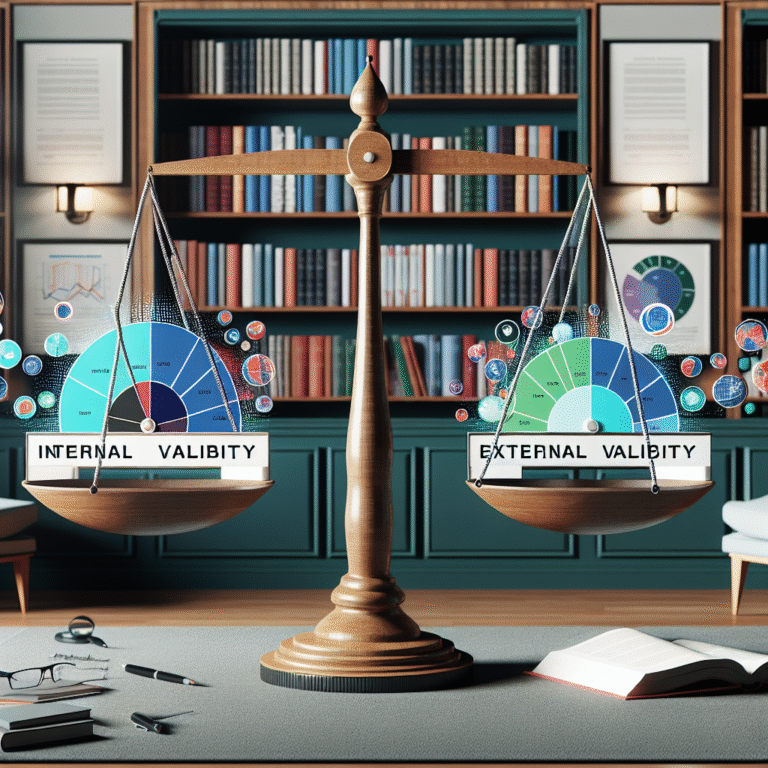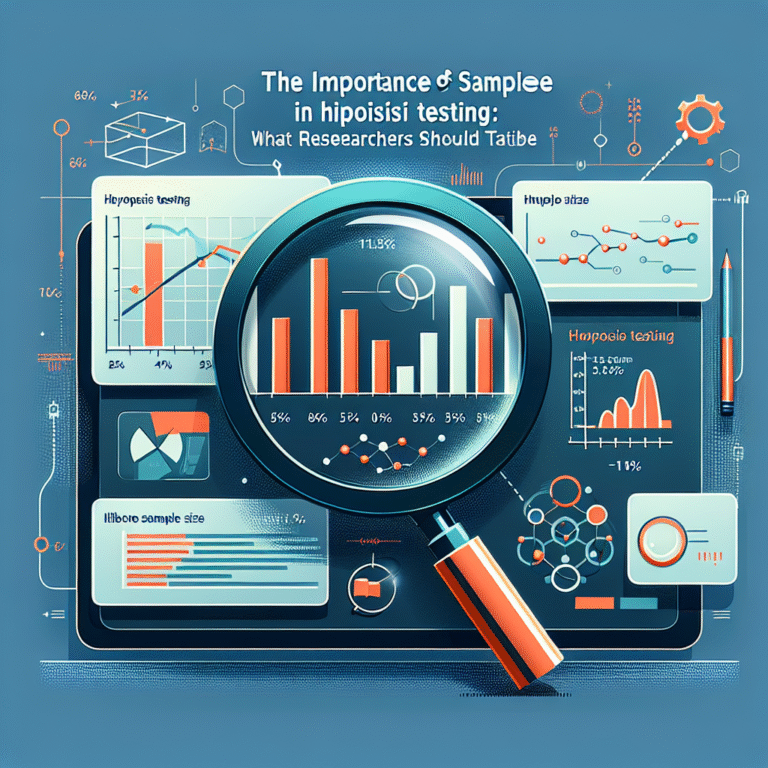
Introduction
Imagine a world where scientific breakthroughs are not confined to the walls of prestigious laboratories or locked behind paywalls. Instead, knowledge flows freely like a river, nurturing ideas, innovation, and collaboration. This isn’t just a dream—it’s the essence of The Future is Open: How Open Science Will Shape Tomorrow’s Innovations. The open science movement presents a transformative vision for scientific research, making knowledge more accessible and encouraging a culture of collaboration. In a rapidly evolving world, embracing open science could be the key to tackling complex global challenges.
The Concept of Open Science
What is Open Science?
Open science is a movement aimed at making scientific research, data, and dissemination accessible to all. This approach encourages transparency in research processes, open sharing of data, and collaboration between different fields. By removing barriers that usually hinder the flow of information, open science fosters a more inclusive scientific community.
The Evolution of Open Science
Open science isn’t a new concept; it has roots in the free software movement and the principles of the open access publishing model. Initially, the scientific community operated in silos, where knowledge was often gatekept by institutional subscriptions. However, the advent of the internet has created unprecedented opportunities for collaboration, leading to the rise of platforms dedicated to open science.
The Impact of Open Science on Innovation
Fostering Collaboration
To illustrate the benefits of open science, consider the Human Genome Project. This monumental eight-year project mapped the entire human genome, but it was unique in that the findings were made openly accessible. The result? Accelerated advancements in genetics and biotechnology.
| Collaboration Benefits | Impact |
|---|---|
| Increased data accessibility | Speedy advancements in research |
| Diverse expertise | Broader perspectives and solutions |
| Community engagement | Enhanced public trust in science |
Accelerating Research
In sectors from healthcare to environmental science, open science facilitates quicker responses to pressing issues. For instance, during the COVID-19 pandemic, researchers around the world shared data and findings in real-time, leading to rapid vaccine development. This illustrates The Future is Open: How Open Science Will Shape Tomorrow’s Innovations, showcasing its potential to speed up research and innovation when collaboration is prioritized.
Case Studies of Open Science in Action
Case Study 1: COVID-19 Data Sharing
The pandemic prompted an unprecedented data-sharing initiative among researchers. Platforms like GitHub and research repositories like arXiv became hubs for open scientific communication. Scientists uploaded their findings within days instead of months. This rapid dissemination led to innovations such as mRNA vaccines.
- Relevance: This case highlights how open science can expedite critical research and innovations during global crises.
Case Study 2: The Open Energy Modelling Initiative
This collaboration among researchers worldwide aims to create accessible energy models. By sharing data, code, and methodologies, the initiative helps address climate change issues more effectively.
- Relevance: The Open Energy Modelling Initiative demonstrates how open science can harness collective intelligence to tackle global challenges.
Open Science Technologies
Platforms and Tools for Open Science
Various platforms are pivotal in realizing The Future is Open: How Open Science Will Shape Tomorrow’s Innovations. Tools like GitHub facilitate version control and collaboration among researchers, while data repositories like Zenodo allow easy sharing of datasets.
Table: Popular Open Science Tools
| Tool | Purpose |
|---|---|
| GitHub | Code sharing and version control |
| Zenodo | Data repository for sharing datasets |
| Open Science Framework | Project management for collaborative research |
Role of Artificial Intelligence
AI is increasingly being integrated into open science, automating data analysis and enhancing research methodologies. Machine learning algorithms can comb through enormous datasets, enabling researchers to draw insights and conclusions more efficiently.
Ethical Considerations in Open Science
Ensuring Data Privacy
While open science presents remarkable opportunities, it also raises ethical questions. For example, how do we protect individual privacy when sharing datasets? Access to sensitive data must be carefully managed to ensure compliance with ethical standards.
Maintaining Quality and Integrity
Ensuring the accuracy of shared research is crucial. Open science must grapple with issues concerning peer review and the potential for misinformation. Initiatives need to be established to vet the quality of research being shared.
Open Science and Policy Changes
Legislative Support
Governments have a crucial role in supporting open science. Policies must promote open access publishing and data sharing within research funding. An example is the European Union’s Plan S, which mandates that publicly funded research is published in open access journals.
Institutional Commitment
Universities and research institutions need to embrace open science principles to promote a culture of transparency and collaboration. By adopting open access policies and providing the necessary infrastructure, institutions can pave the way for a new era of scientific innovation.
Challenges to Open Science
Resistance to Change
Despite its potential, some researchers remain skeptical of open science due to concerns about intellectual property and the traditional publishing model. Bridging this gap will require educational initiatives and demonstration of the benefits.
Funding Issues
Open science initiatives often struggle with funding. While some governments and grants support open practices, many researchers are still incentivized to publish in high-impact, subscription-based journals.
Conclusion
The future of scientific research is undeniably interwoven with the principles of open science. As we stand on the brink of numerous technological advancements and face global challenges, we must embrace the philosophy encapsulated by The Future is Open: How Open Science Will Shape Tomorrow’s Innovations. By harnessing collective knowledge and promoting collaboration, we will unlock untapped potential for innovation.
Actionable Takeaway
To be part of this transformative change, consider integrating open practices into your research. Share your findings openly, collaborate with peers, and advocate for open policies within your institution. The future is open, and by participating in the open science movement, you can help shape a brighter, more innovative tomorrow.
FAQs
What is the role of open science in public health?
Open science enhances public health by facilitating rapid data sharing during crises, improving transparency, and encouraging collaboration among researchers, which can lead to quicker solutions.
How does open access impact research funding?
Open access mandates can affect funding by requiring researchers to publish in open-access venues, incentivizing transparency and broader dissemination of research outcomes.
Can open science ensure quality in research?
Yes, but it requires organized peer-review systems and community vigilance to maintain quality standards and ensure that shared research is credible and trustworthy.
What technologies facilitate open science?
Platforms like GitHub for code sharing, data repositories like Zenodo, and collaborative tools such as Open Science Framework are pivotal in supporting open science.
Is open science only for academic researchers?
No, open science can benefit various stakeholders, including industry professionals, policymakers, and the general public by fostering an inclusive research environment.
By embracing the open science movement, every researcher, institution, and policy-maker can contribute to making science more accessible and innovative. The future is indeed open!














